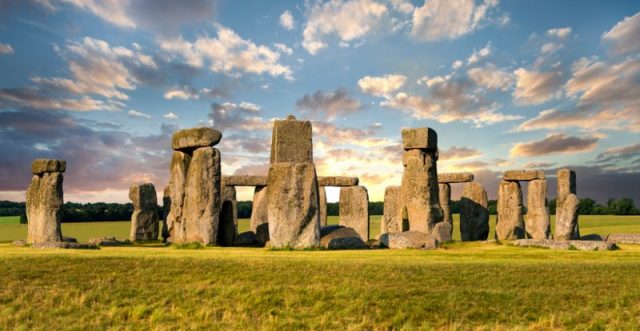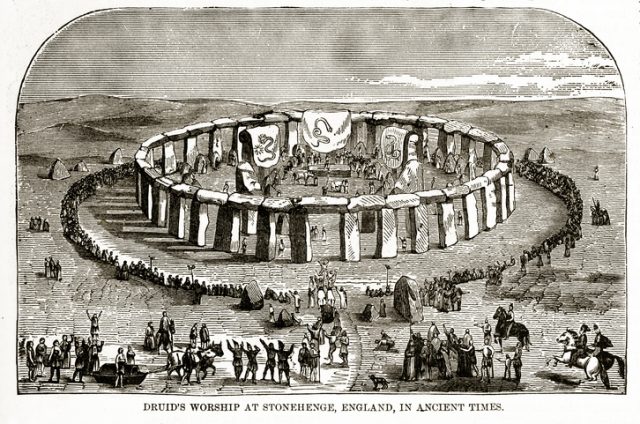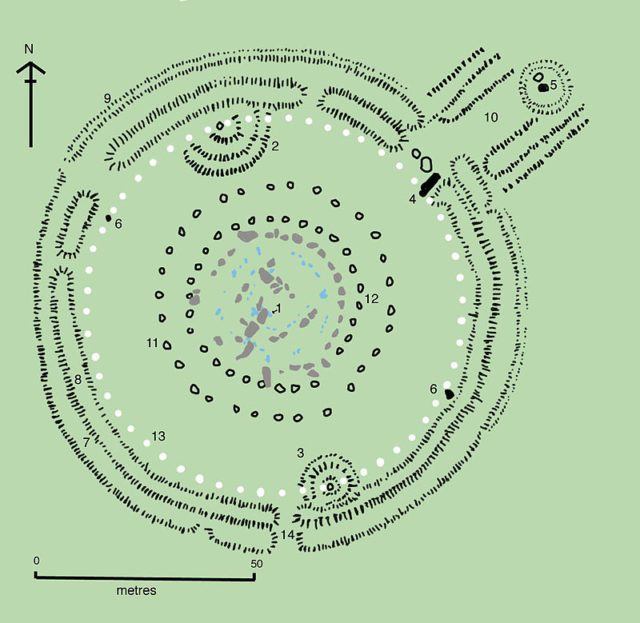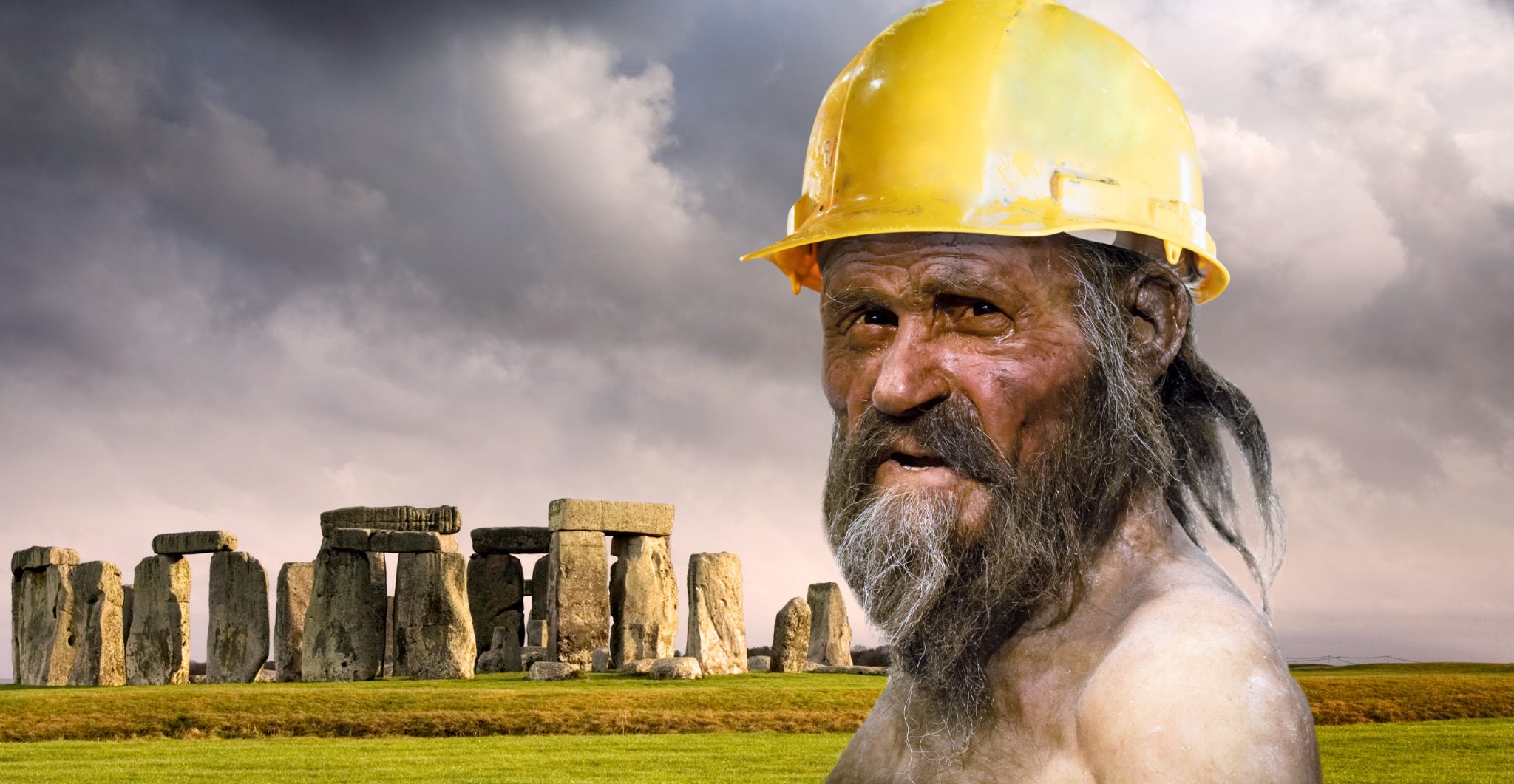Stonehenge is filled with mystery and one of the most recognized places on planet Earth. Yet no-one knows who actually built it. This could all be about to change, thanks to new details that have emerged about the ancient location in Salisbury, England.
The nearby spring of Blick Mead has yielded evidence not only of the druidic site’s possible origins, but also glimpses of Britain’s very first city. Experts are dubbing it “the cradle of Stonehenge” and the mystery may be solved.
Archaeologists have found tools and notable features that suggest the presence of a large community. Over 70, 000 tools made of stone have been recovered, a vast multiplication on previous discoveries.

Dr Albert Lin (who presented the findings in a National Geographic documentary over the weekend) is quoted in the Telegraph, saying that the area “was an important place for the early humans that roamed here, maybe even one of the first manifestations of a human city”.
In 2015 what The Sun describes as a “potential Mesolithic ‘eco-home’” constructed against the base of a fallen tree was spotted. It goes on to mention that “the giant base… would have been used as the wall of the house and the roof was likely made of animal skins.” Add this to recent discoveries and the chances of a permanent settlement greatly increase.
Mystery over who built Stonehenge may finally be solved after experts uncover ‘Britain’s first city’ a mile from famous monument https://t.co/3mhrtquphY
— Stonehenge U.K (@ST0NEHENGE) November 8, 2019
If there were signs of life, then it makes sense to connect them to the formation of Stonehenge. Someone had to have built it! The news could also mean the world famous tourist attraction is older than previously estimated.
The origins of Stonehenge appear to tie in with Mesolithic times. The website of English Heritage writes that the “earliest structures known in the immediate area are four or five pits, three of which appear to have held large pine ‘totem-pole like’ posts erected in the Mesolithic period, between 8500 and 7000 BC.” The site goes on to say, “It is not known how these posts relate to the later monument of Stonehenge.”

Stonehenge was no small undertaking and, like the Egyptian pyramids, its construction and purpose are a source of constant fascination. History.com writes it “took Neolithic builders an estimated 1,500 years to erect” the approx. 100 stones. It was put up in stages over time, thought to be between 3000 and 2000 BC. The enormous monoliths were probably transported to the location via a system of sledges. Archaeologists understand it to be a burial ground, though the whole story has yet to be told.

Prof David Jacques spoke to the Telegraph about the supposed cradle of these ancient stones: “We’re talking about a very small area that people were coming to again and again and I think it was probably some sort of permanent settlement”. Another possibility is that Blick Mead was a place where vulnerable people such as the sick or elderly could be accommodated.
Either way, the info may impact on views of early humans. Prof Jacques commented, “all our ideas of how hunter gatherers move around in dispersed communities needs to be revised.”
But how would such a group sustain themselves? Water and food were apparently in abundance. “Today Blick Mead is a small watercourse,” writes the Telegraph, “but in the Mesolithic period it was at the centre of a flood plain, and a huge river ran through the site, providing reliable water throughout the year.”
As for a food source, scientists believe they have identified the presence of aurochs, or giant cattle, which have since become extinct. In fact it’s believed hunter-gatherers may have established themselves there precisely because of the nutritious meat supply.
“Just one male bull would have fed 300 people,” comments the Telegraph, adding that “soil analysis from 8,000 year old Mesolithic layers shows spores from fungus that grows on the dung of cattle.” Aurochs were also of spiritual significance, with their skulls and bones noticed at Stonehenge. The remains were strategically placed in ditches.
The finding of a mysterious platform at Blick Mead has led to speculation about ceremonies and rituals, providing another possible link. It measures 30 ft and was detected by radar. Now it’s been excavated the structure has been identified as flint-based. Auroch hoof prints are visible beneath it.
Related Article: DNA Reveals the Origin of Stonehenge Builders
With so much that’s ambiguous about ancient civilization, experts can only make educa+ted guesses. A place as etched into the human consciousness as Stonehenge cries out for concrete (or should that be stone?) answers. Whether the endlessly mysterious site will choose to provide them is a question only time can resolve.
